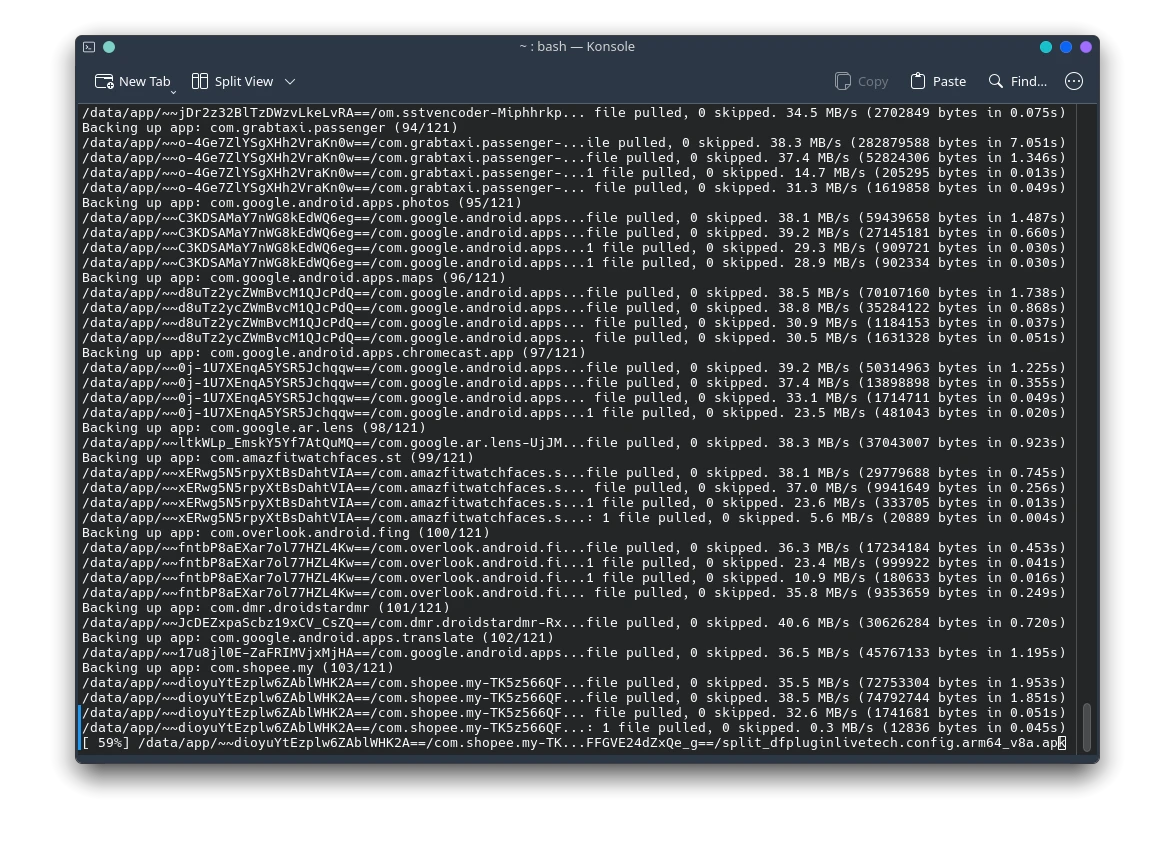Exploring the Vibrant Culture of Android Custom ROMs: A Journey through History, Community, and Innovation
In the ever-evolving world of Android, custom ROMs stand out as a testament to the community’s ingenuity and passion for personalization. These alternative operating system distributions have a rich history, evolving from humble beginnings to becoming a cornerstone of Android enthusiast culture. Let’s embark on a journey through the past, present, and thriving community surrounding Android custom ROMs.
Custom ROMs emerged in the early days of Android as a response to the limitations imposed by manufacturers and carriers. Android’s open-source nature allowed developers to tinker with the code, leading to the creation of custom firmware tailored to specific devices. In the early 2010s, ROMs like CyanogenMod gained popularity for offering enhanced performance, additional features, and the latest Android updates to devices that were often left behind by manufacturers.
As the community grew, so did the diversity of ROMs. Projects like Paranoid Android, MIUI, and LineageOS (the successor to CyanogenMod) emerged, each with its unique features and design philosophies. Custom ROM development became a playground for innovation, with developers experimenting with everything from performance tweaks to entirely new user interfaces.
Today, the custom ROM scene remains vibrant, catering to a diverse range of users seeking to push the boundaries of their Android devices. While mainstream manufacturers continue to dominate the market, custom ROMs offer an alternative for users who crave more control over their user experience.
One of the driving forces behind the popularity of custom ROMs is their ability to breathe new life into older devices. Devices that have reached the end of their official support lifecycle can often continue to receive updates and feature enhancements through custom ROMs, extending their usability for years beyond what manufacturers intended.
At the heart of the custom ROM culture lies a passionate and tightly-knit community of developers, testers, and enthusiasts. Online forums, such as XDA Developers, serve as hubs for collaboration and knowledge sharing, where developers exchange ideas, troubleshoot issues, and distribute their creations to eager users.
The collaborative nature of the community fosters innovation and ensures that even niche devices receive attention from developers. It’s not uncommon to find custom ROMs available for obscure devices that mainstream manufacturers have long forgotten.
While the custom ROM scene encompasses a vast array of devices and projects, certain devices and ROMs have garnered particular attention and acclaim from enthusiasts.
Some of the top devices for custom ROM enthusiasts include Google’s Pixel lineup, OnePlus devices, and various offerings from Xiaomi, Samsung, and Asus. These devices often boast strong developer support, making them ideal candidates for those looking to dive into the world of custom ROMs.
As for custom ROMs themselves, LineageOS remains one of the most popular and widely supported projects, offering a clean and near-stock Android experience across a broad range of devices. Other notable ROMs include Paranoid Android for its innovative features, Resurrection Remix for its customization options, and Pixel Experience for its focus on delivering the Pixel’s software experience to non-Google devices.
The culture of Android custom ROMs is a testament to the power of community-driven innovation. What began as a grassroots movement to liberate Android devices from the constraints of manufacturers has evolved into a thriving ecosystem of creativity and exploration. As long as there are passionate developers and users seeking to push the boundaries of what’s possible with their Android devices, the custom ROM culture will continue to thrive, driving innovation and personalization in the Android ecosystem.






Post Comment